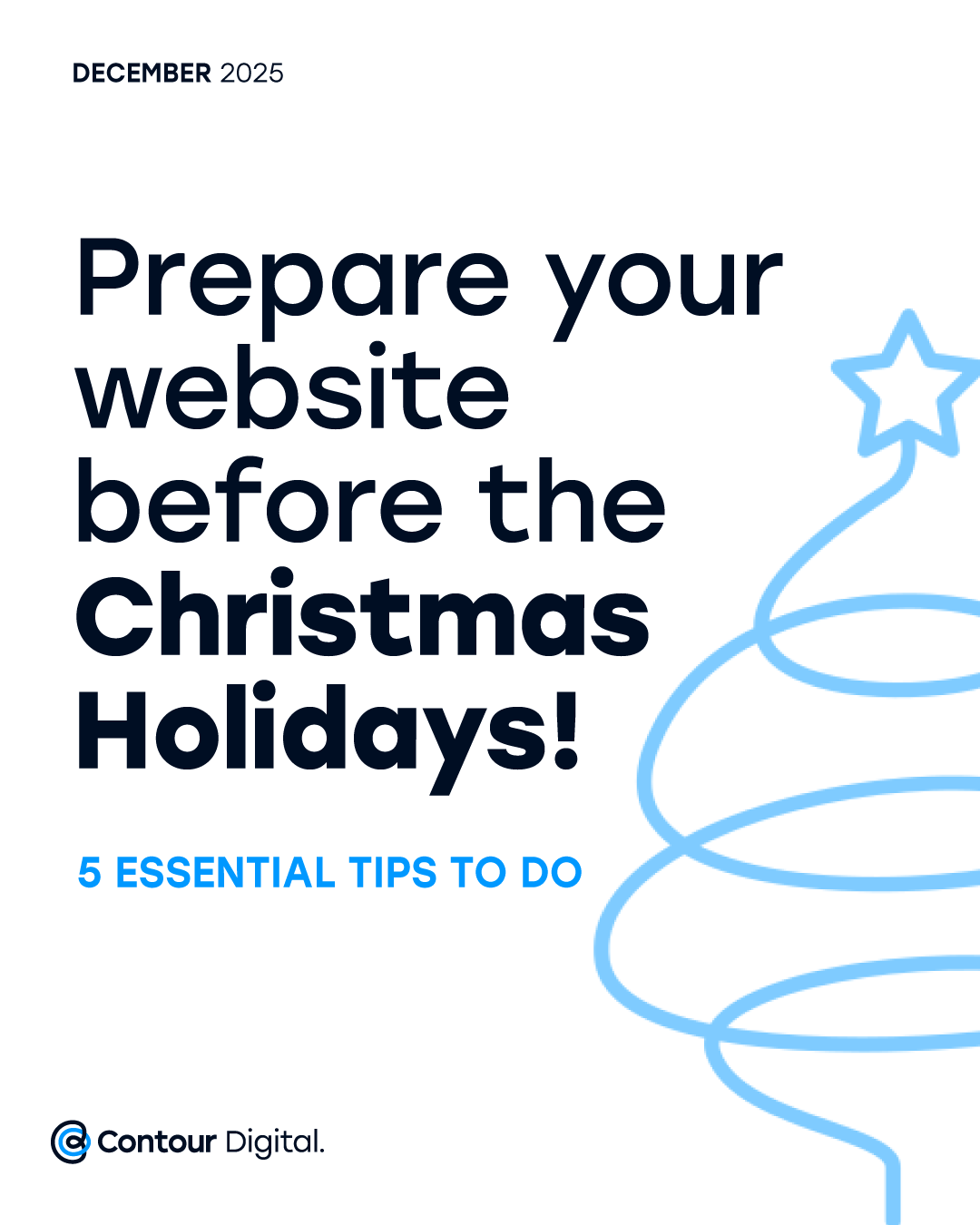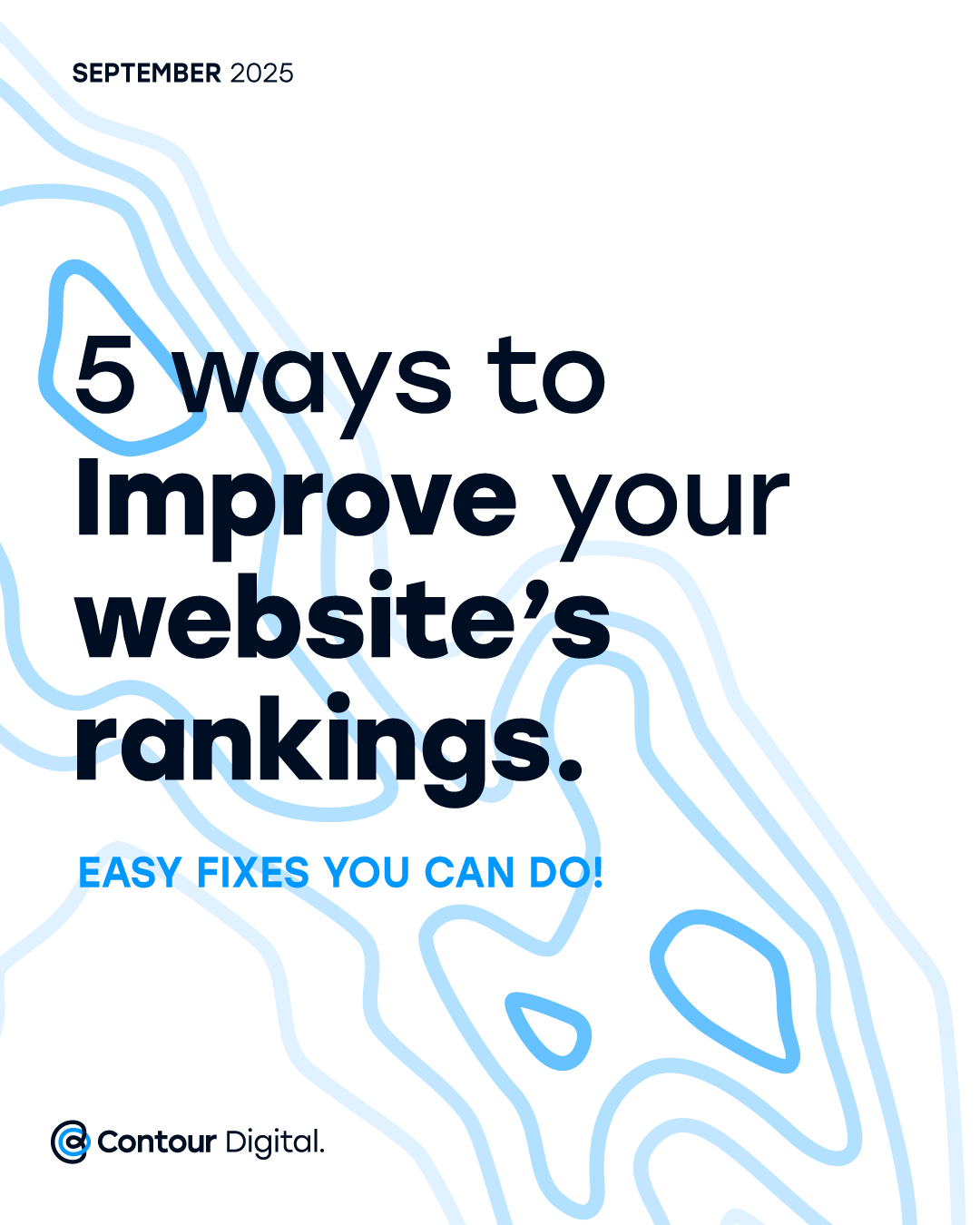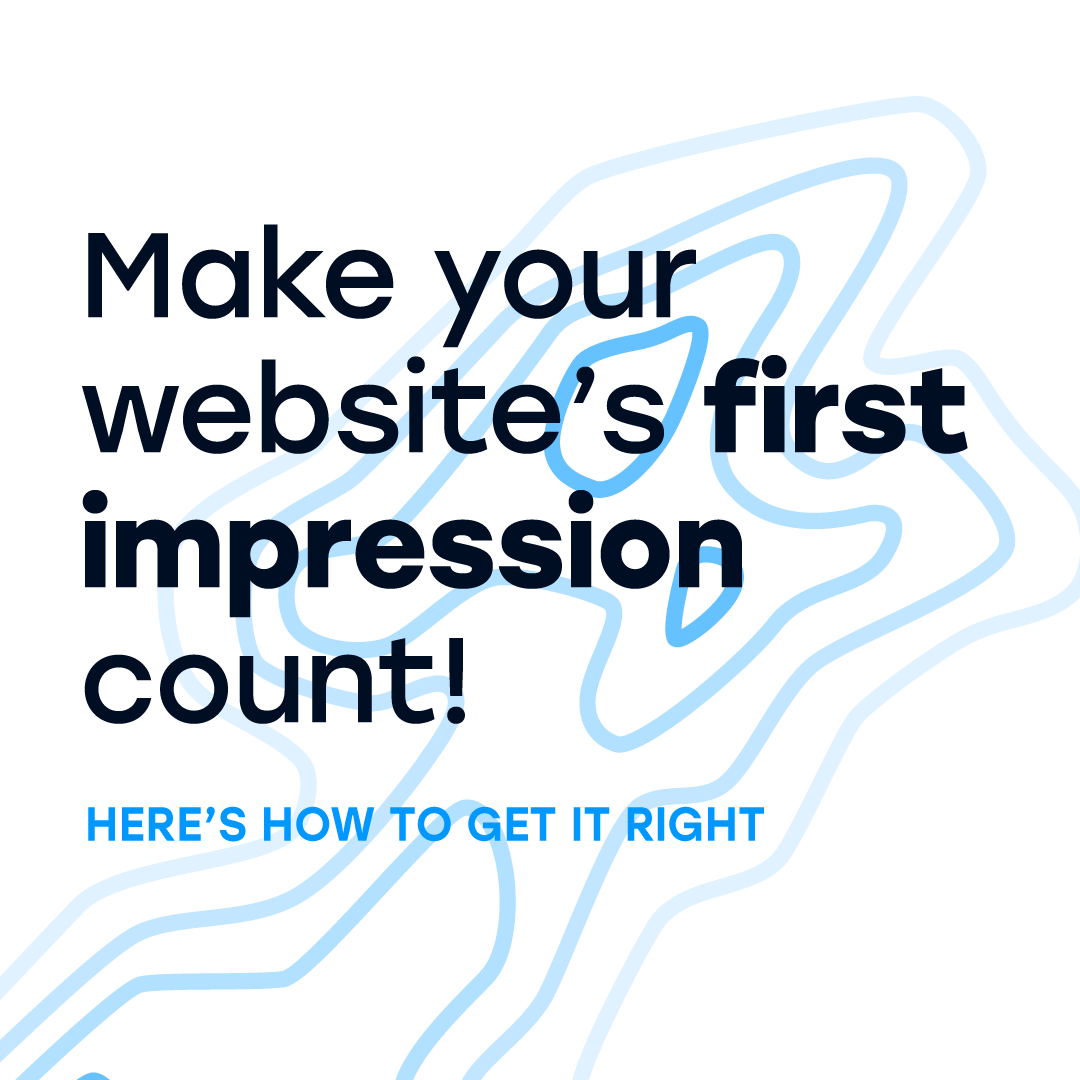Content Consumption Habits are Evolving - Which Means Strategies Need to Evolve In-Step
Nick Whiting • June 5, 2019
Last week, I stumbled upon an interesting study by our friends over at NetLine Corporation entitled the “2019 State of B2B Content Consumption and Demand.”
The study laid out some interesting trends which, quite frankly, I wasn’t aware of, or had even considered. The results compared surveys, year-on-year, with the opinions of B2B professionals across over 300 industries, from companies of various sizes.
According to Google’s 'Zero Moment of T ruth ' research, the average consumer needs eighteen content touches in order to become a customer. That will obviously vary across industries, but nonetheless, as content marketers, we know that we need multiple content touches over time in order to nurture people into becoming paying customers. Align that with the fact that today’s content marketing adoption level by brands is pushing 90% and that's a lot of content that needs to be - and is being - produced.
Because of this, the amount of content on the Internet is growing, and our target audiences are getting flooded by this stream. According to this new study, that influx is impacting the time it takes for a content consumer to move between content touches - meaning that it’s taking longer for them to come back for more content.
The NetLine study concludes that, as content marketers, we need to “have impact with relevance, usefulness, and readability” with our content.
% Increase in Days Between Content Requests (YoY 2017-2018)
So, if we need X amount of content touches to turn someone into a customer, the above chart means that our B2B sales cycles, overall, should be a little longer than what they were a year ago.
That’s not a good thing. So how do content marketers overcome this issue of prospects taking longer and longer to come back for a second, third, fourth touch, etc.?
The answer is that we need to take our content to them.
Yes, having a hub of helpful owned content is a basic standard for content marketers today, but we can no longer expect that hub, and emailing our lists, to get the appropriate amount of content touches we need for producing a customer in the timeframe we’re used to.
Instead, we have to utilize content amplification, in order to put our high-quality content in front of our target audiences. We need to reach them where they hangout online, and do so in a non-interruptive format. And that, of course, presents a significant challenge within itself.
Content Marketing and Amplification
Today’s content amplification isn’t what it used to be.
It’s artificial intelligence (AI) driven, and has targeting capabilities like never before - that’s why eMarketer is predicting $40+ billion spent in the US this year on native advertising alone.
In addition, content marketing and its amplification decidedly outperforms the interruptive media buys brands have been doing since last decade.
The technology, for the first time ever, is enabling content marketers to scale the native ad unit creative (headlines, images, copy, etc.), targeting demographics and interests, and dozens upon dozens of social and native networks at the same time. These capabilities can literally take four articles and create over 170,00 native ad units in real time.
From there, the AI optimizes the ad units in order to only show those permutations which drive content engagement. This bodes well for the content marketers who leverage this new powerful technology in order to amplify content.
The NetLine study is the first to make me realize that, for B2B content consumers, the amount of time between content touches with the same brand is growing. Since we know that most industries (especially B2B ones) require a certain amount of these touches before a prospect becomes a customer, the logical assumption is that sales cycles should be getting longer – albeit in days, not months.
In order to fix this problem, B2B content marketers need to take their content to the consumer using advancing techniques, like the amplification technology described above. Otherwise, they risk being lost in the rising tide of content. Yes, content is important, but you need the right people to see it in order for that effort to remain effective.
Share this:







